| |
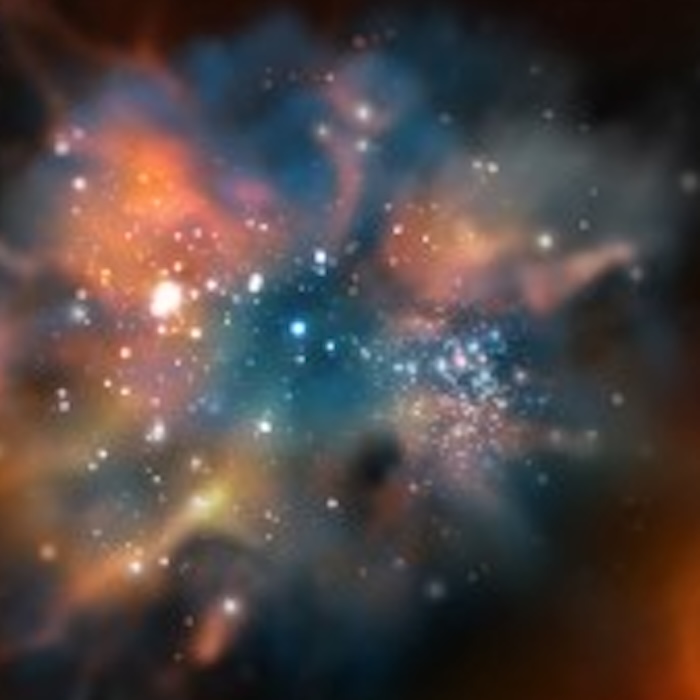 |
|
ESA Archival Research Visitor Programme call open
ESA welcomes applications from scientists interested in pursuing research projects based on data publicly available in the ESA Space Science Archives.
The ESA Archival Research Visitor Programme is open to scientists affiliated with institutes in ESA Member States and Collaborating States. We will also consider strong applications from outside those states. Early-career scientists including students are particularly encouraged to apply, and so are women and minorities. Research projects can be carried out at ESAC and at ESTEC. Visits last typically 1-3 months. ESA covers travel costs and provides support for lodging expenses and meals. The evaluation process is anonymised to ensure equal opportunities for all applicants.
The deadline for applications is 31 October 2024.
|
|
| |
|
|
|
|
| |
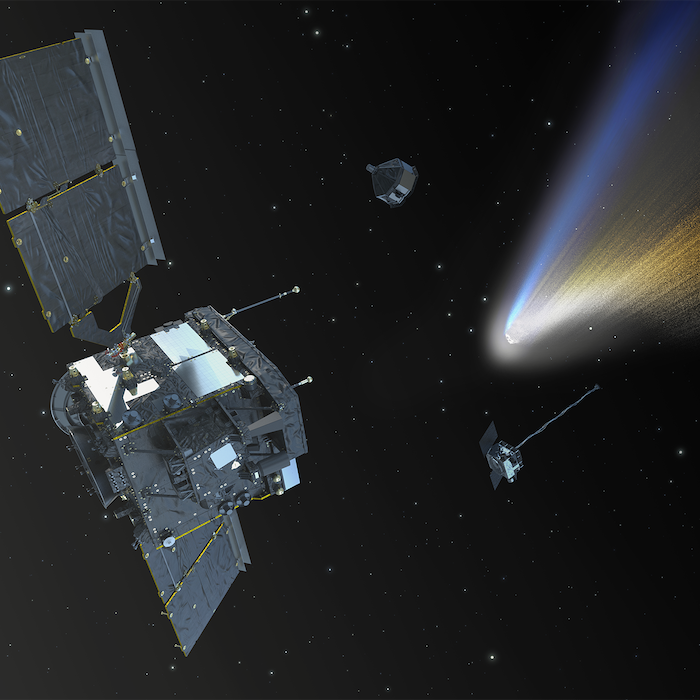 |
|
Comet Interceptor Call for an Interdisciplinary Scientist, Member of the Science Working Team
Comet Interceptor (CI) is an ESA mission in cooperation with the Japan Aerospace Exploration Agency (JAXA). It aims to characterise a long period comet (potentially a dynamically new comet), or an interstellar object, and to perform the first simultaneous multi-point exploration of a cometary coma and nucleus.
ESA will appoint a new Interdisciplinary Scientist, who will join the Science Working Team (SWT) and who is expected to focus on the overall science objectives and on scientific cross-fertilisation between the mission payloads.
On 16 September, we issued an announcement of opportunity to encourage the scientific community to submit their proposals. The due date for Letters of Intent is 15 October 2024, while the full proposals are due by 12 November 2024.
|
|
| |
|
|
|
|
| |
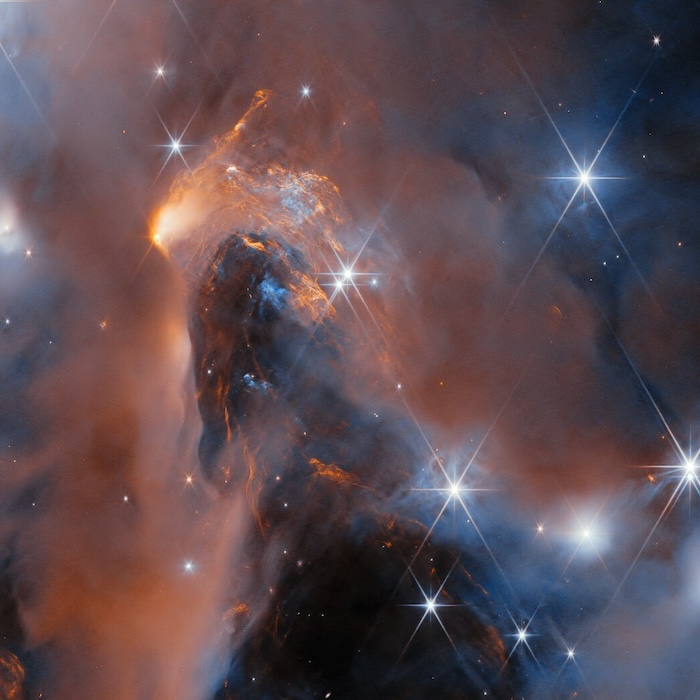 |
|
JWST Call for Proposals for Cycle 4
The community is invited to participate in Cycle 4 of the NASA/ESA/CSA James Webb Space Telescope (JWST) operations. The deadline for proposals for JWST observations is at 8pm US Eastern Daylight Time on 16 October 2024. Cycle 4 observations will be carried out between 1 July 2025 and 30 June 2026.
Further details are in the Cycle 4 Call for Proposals webpage, which includes links to the Astronomer's Proposal Tool and the JWST Exposure Time Calculator. Compared to previous cycles, note that for Cycle 4 the proposal size boundaries have been changed and the proposal page limits have been reduced.
|
|
| |
|
|
|
|
| |
 |
|
Vacancy: Project Scientist in Astronomy and Research Fellows Coordinator
ESA's Directorate of Science is looking for a project scientist in astronomy and research fellows coordinator, to be based at ESTEC.
In this role, the Project Scientist will update and implement policies for guest proposal submission and peer review to ensure a rigorous, transparent, fair and consistent approach across missions. They will also be responsible for strengthening the Space Science Research Fellowship Programme.
This job is particularly well suited to a scientist with a good understanding of and experience in inclusive practices in astronomy and astrophysics communities (and beyond), and an interest in the evolution of these practices to ensure ESA Science missions remain at the forefront of best practice, in particular, regarding Open Science.
The deadline for applications is 7 October.
|
|
| |
|
|
|
|
| |
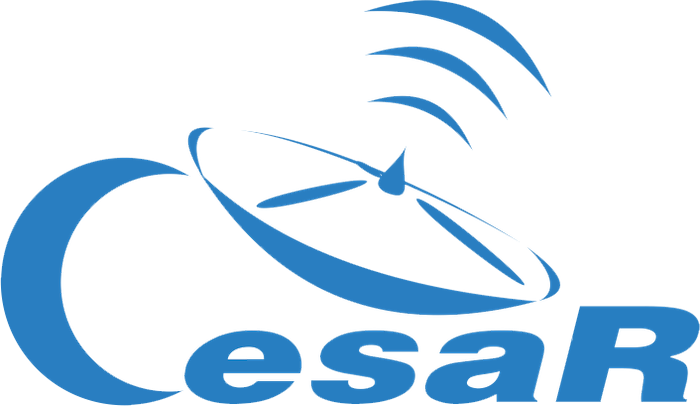 |
|
Vacancy: Science Education Scientist and Communication Coordinator
ESA's Directorate of Science is looking for a science education scientist and communication coordinator, to be based at ESAC. This experienced science communicator and educator will be at the forefront of bringing space into education and inspire future generations into STEAM.
They will be responsible for coordinating and managing the CESAR education initiative to promote and develop educational activities in Spain, Europe and beyond. In addition, for up to 50% of their time, they will support the Head of the Science Communication and Education section in planning and implementing the optimal use of resources dedicated to communication and education.
The deadline for applications is 25 September.
|
|
| |
|
|
|
|
| |
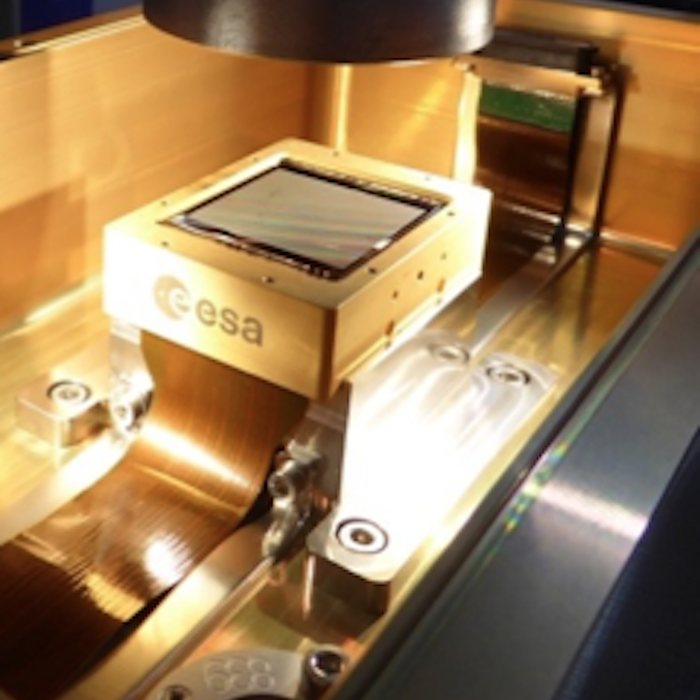 |
|
Vacancy: Payload Validation Engineer
ESA's Directorate of Science is looking for a Payload Validation Engineer, to be based at ESTEC. This experienced Payload Validation engineer will be at the forefront to develop and characterise the next generation of Science detectors for use in Voyage 2050 missions.
One major task will be to lead the laboratory-based validation activities, with a focus on UV-Vis-NIR focal plane technologies, including both detector and readout electronics aspects. Another major task is the definition and implemention of ESA-funded payload activities and predevelopments, which requires to identify and produce new instrument technologies required for the Directorate's programmes and to participate in the preparation and implementation of the Voyage 2050 technology development plan.
The deadline for applications is 1 October.
|
|
| |
|
|
|
|
| |
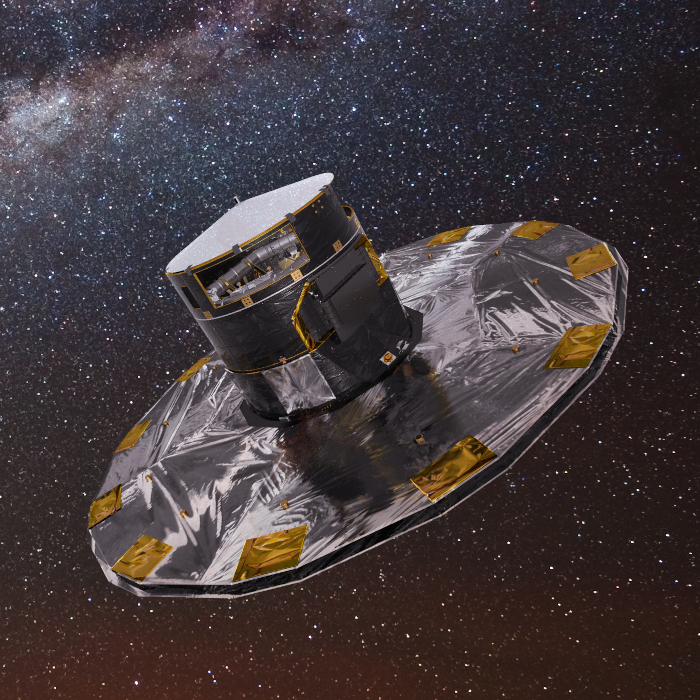 |
|
Vacancy: Science Operations Scientist
ESA's Directorate of Science is looking for a Science Operations Scientist, initially for the Gaia mission, to be based at ESAC.
Gaia will end its operational life in the first half of 2025, but work on turning the data acquired into legacy data products of the highest quality will continue until end of the decade.
The Science Operations Scientist will coordinate the definition, generation and delivery of scientific products, data sets and services for the remaining two Data Releases and transition to the legacy phase of the mission in close collaboration with internal and external Gaia stakeholders. After the end of the Gaia post-operations phase, they will be re-assigned as Science Operations Scientist to another mission of the ESA Science Directorate.
The deadline for applications is 2 October.
|
|
| |
|
|
|
|
| |
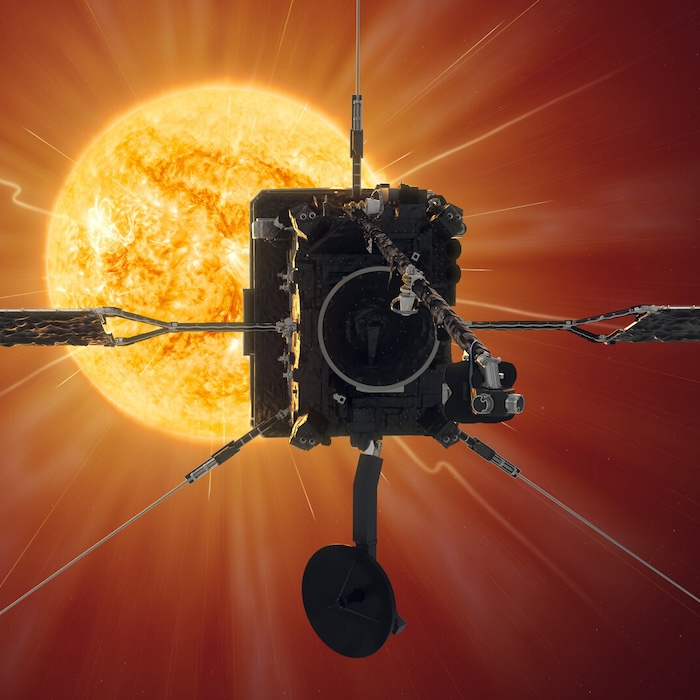 |
|
Solar Orbiter community building webinars
We are pleased to announce monthly Solar Orbiter community building webinars. The aim of these webinars is to provide news and insights on Solar Orbiter science and science operations to the wider solar and space physics communities.
Meetings will be held 14:00-14:30 Central European Time (CET/CEST) every 1st Wednesday of the month. The introductory session on 2 October 2024 will exceptionally last 60 minutes.
For the seminar schedule, please check the solar orbiter meetings page where the information on the webinar connection will be provided closer to the meeting.
|
|
| |
|
|
|
|
| |
 |
|
Euclid galaxies to classify on Galaxy Zoo
The Euclid mission is mapping the Universe by capturing images of distant galaxies, and now everyone can help!
Through its extensive six-year survey, Euclid will provide unprecedented detail on galaxy morphology and evolution. To aid in classifying this vast dataset, ESA and the Euclid Consortium have partnered with the Galaxy Zoo citizen science project, inviting volunteers to help classify the shapes of galaxies.
The project is open to anyone, and human efforts will help train an AI algorithm, Zoobot, contributing to the largest scientific galaxy catalogue to date. Get involved and share this opportunity with others!
|
|
| |
|
|
|
|
| |
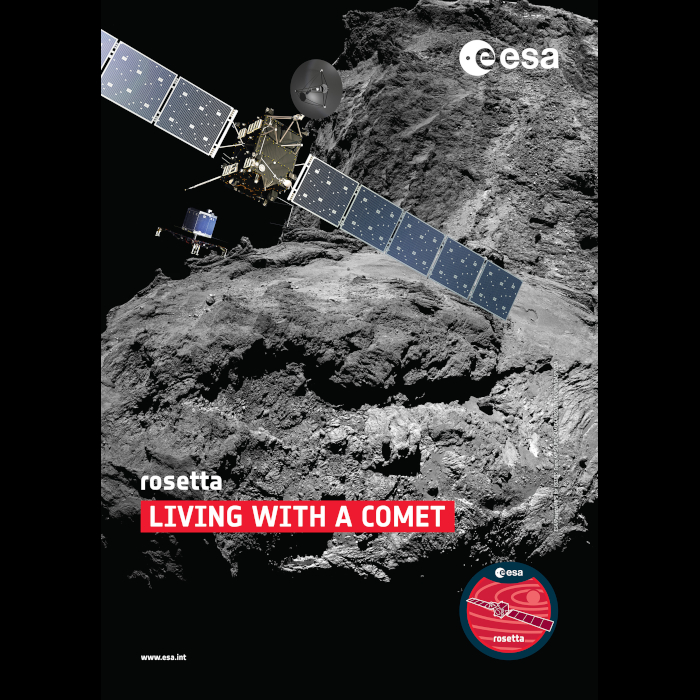 |
|
Submit your stories to the '10 years since Rosetta' exhibition
To celebrate the ten-year anniversary of Rosetta's arrival at Comet 67P/Churyumov-Gerasimenko, ESA is creating an online exhibition to showcase how the mission touched people in 2014, and as a consequence, how their life has been shaped thanks to the mission.
Was Rosetta an inspiration to change careers, study a science subject, or name a dog 'Philae'? Has it kicked off a career as a content creator, rekindled a childhood love for astronomy, or provided motivation to undertake new scientific research? Was it the inspiration for art, a book or educational activities based on Rosetta's images of Comet 67P?
We invite everyone to submit their stories - as words, images, videos, audio files or links to published material - to the '10 years since Rosetta' exhibition. The deadline is 12 October 2024.
|
|
| |
|
|
|
|
| |
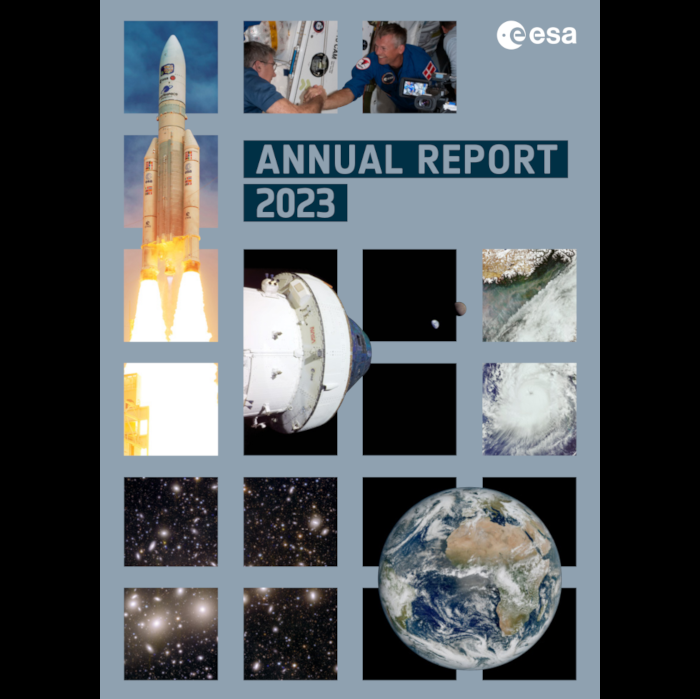 |
|
ESA Annual Report 2023
The Annual Report is the ESA Director General's report to ESA Council on the major activities that have taken place in ESA each year. This Report, covering the period 1 November 2022 to 31 October 2023, includes a summary of the main developments in all areas of the Science Directorate, as well as selected highlights from 2023.
|
|
| |
|
|
|
|
| |
Recent science highlights:
|
|
| |
|
|
|
|
| |
Upcoming ESA conferences:
Mercury Laboratory Workshop
16-18 September 2024, Berlin, Germany
The aim of the workshop is to bring together the Mercury community from different institutions and laboratories to: present laboratories, facilities and ongoing work on Mercury analogues, discuss Mercury surface composition studies (from MESSENGER to BepiColombo), design a plan of experiments on common samples, and prepare for the BepiColombo observations.
|
|
| |
|
|
|
|
| |
DASH (Data Analysis and Software in Heliophysics) and IHDEA (International Heliophysics Data Environment Alliance) meetings
14-18 October 2024, ESA/ESAC, Madrid, Spain
The DASH meeting (14-16 Oct.) serves as a forum for software developers and scientists to present and discuss software and data systems used in the acquisition, calibration, analysis, and dissemination of data for Heliophysics, including space and ground-based measurements as well as models. The IHDEA (17-18 Oct.) meeting will complement this conversation by focusing on the challenges and opportunities in aligning data and data products with community standards.
|
|
| |
|
|
|
|
| |
22 years of INTEGRAL: catching results and discoveries
21-25 October 2024, ESA/ESAC, Madrid, Spain
INTEGRAL has been crucial in our understanding of astrophysical phenomena over a wide energy and temporal range. This conference is the occasion to discuss novelties in high-energy astrophysics, new instrumental facilities, and innovative data-analysis methods. Anticipated lively interactions among participants will be harnessed to refine the plan for maximizing data exploitation now and in the decades to come.
|
|
|